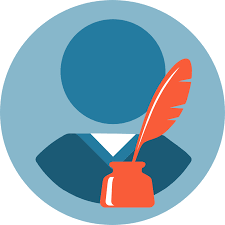The test is basically one long series of questions and answers. Most students have little time in the morning before they must attend school and work, and the day after the test. It is for this reason that many students turn to books and online tutorials to help them with the topics on their test.
There are numerous types of questions which vary by subject and location, so understanding these very basic facts about the questions is vital to your ability to pass. Here are some basic questions about the seismic and earthquake physics exam:
As you study for your seismic and earthquake physics exam, you will learn and understand all these aspects about the exams and what the tests will entail. Many people take the courses in order to complete the required number of hours that the College Board requires for the exams, but many choose to go through it without the coursework. There are many reasons why you would choose to do this. First of all, you might want to improve your chances of passing.
If you fail to study the material, you could end up failing the exam. Second, it can be very expensive to get into a College, so taking classes that can help you pass the tests is often a good idea, especially if you know you are going to fail.
On the other hand, many people take the courses in order to help them pass the exam, but are familiar with the material and get the information quickly from a source other than the book or online course. Taking the time to find the information from an online tutorial or abook is very beneficial. It helps to refresh the knowledge that you already have and allows you to learn in a more effective way.
Your student’s test will cover topics about earthquakes, the mechanics of earthquakes, and many other types of topics. If you feel as though you are ready to take the exam, then now is the time to study. Start by reviewing your school work to see how much of the material you have covered.
You should also review the content of your earthquake physics and seismology course. Many times, students do not have the adequate understanding to take the tests, and some students will fail because they did not understand the course material. By taking the time to review your textbooks and other material, you can ensure that you have adequate knowledge of the topics covered on the seismic and earthquake physics exam.
Another aspect to consider when taking the test is time. A lot of students feel that they need an hour or more to study for the test. This is one way to help reduce your exam time. Start by setting aside a certain amount of time each day to devote to studying for the exam.
While you are studying, find some places to practice and apply the material in a practical basis. It is important to keep the material in your mind and not get distracted. Also, when it comes to taking the test, make sure that you pay attention to the questions you need to answer and do not take a break in between each section.
When you first start studying for the test, concentrate on the physical factors that affect earthquakes. Then focus on the dynamical and shock wave phenomena. From there, begin looking at the different materials in which earthquakes occur, as well as more general knowledge about earthquakes and how they are affected by land, ocean, and atmosphere.
Once you get a feel for the questions on the earthquake physics exam, it is a good idea to review the material you read during your college courses and in books online. Make sure that you understand every detail and the information you need to pass the test.


